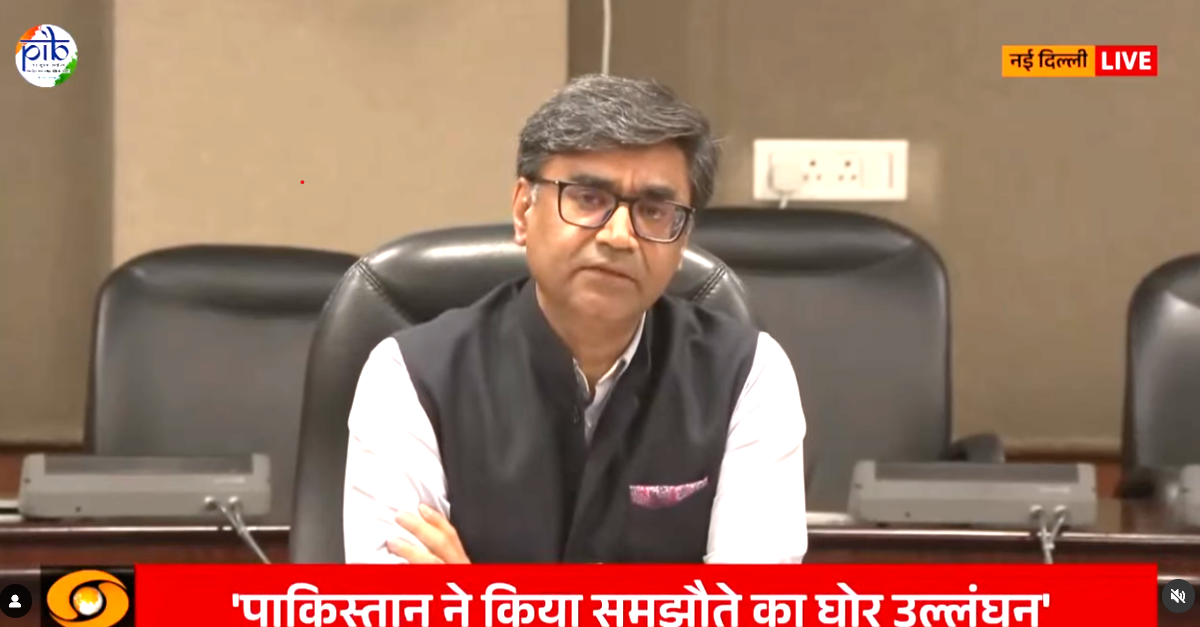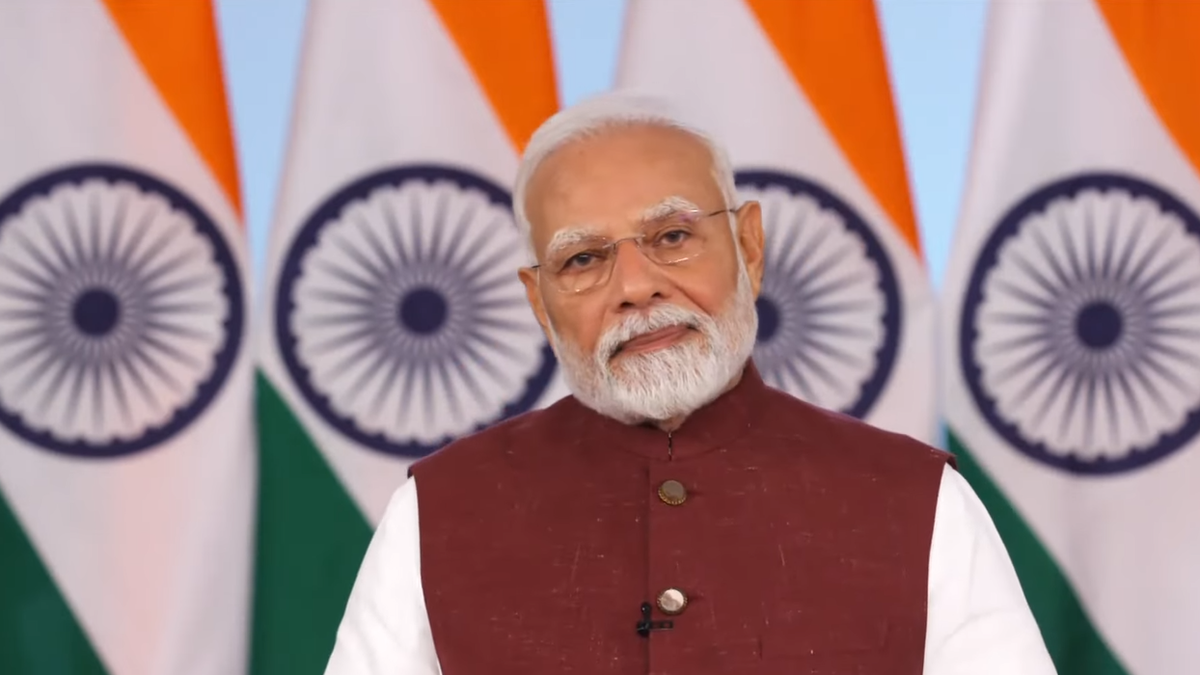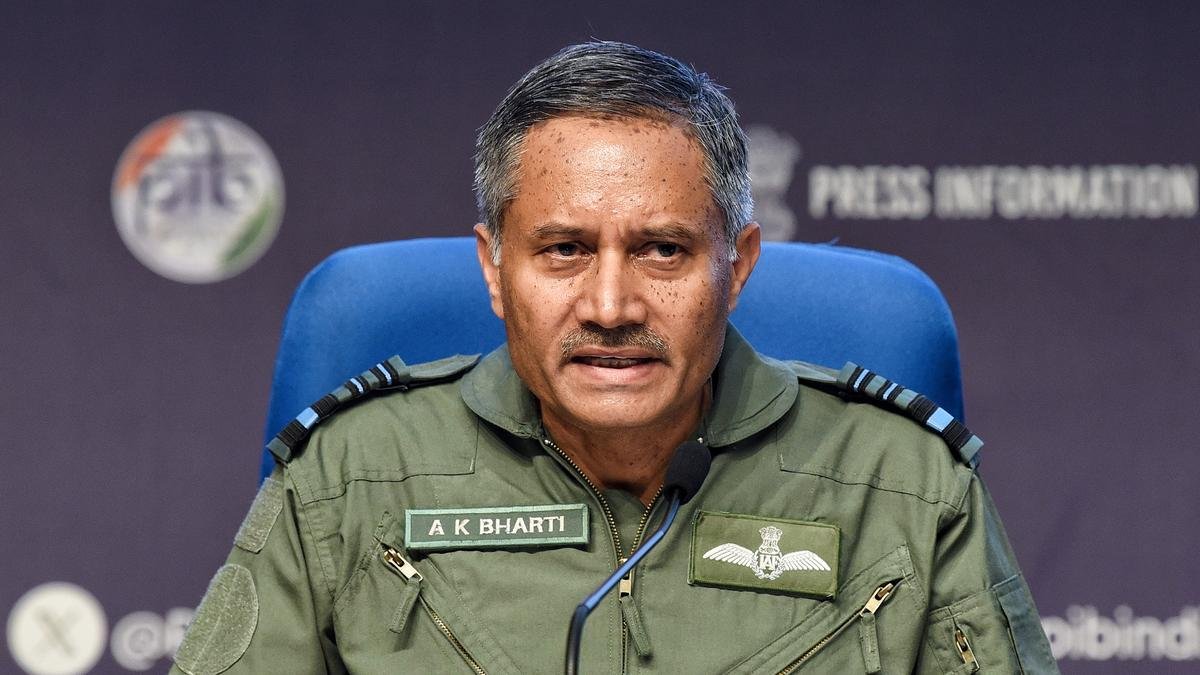In a dramatic escalation of regional tensions, the fragile ceasefire between India and Pakistan is already showing signs of collapse. On May 10, 2025, loud explosions rocked Srinagar in Indian-administered Kashmir, just hours after both countries announced a much-needed ceasefire following a deadly series of cross-border attacks. Brokered through urgent international mediation, the ceasefire was initially met with cautious optimism, offering a glimmer of hope to millions living under the constant shadow of conflict. But the fresh violence has reignited fears that South Asia could be heading toward another devastating military confrontation.
The current crisis was sparked by a brutal attack on Indian tourists in April, which reignited long-simmering tensions in the already volatile Kashmir region. In retaliation, Pakistan launched “Operation Bunyan Ul Marsoos,” reportedly targeting Indian military installations. India, in turn, is believed to have responded with airstrikes on Pakistani airbases, escalating the conflict to a dangerous level. While both nations agreed to a ceasefire after international pressure, mutual distrust continues to dominate their public narratives. India accuses Pakistan of continuing hostile activities despite the truce, while Islamabad insists it is only defending itself against Indian provocations.
The ripple effects of this conflict have gone far beyond the military sphere. In Pakistan, the airspace was closed for 48 hours, grounding all domestic and international flights. Educational institutions across Punjab were shut down, with all board examinations postponed indefinitely. India took equally drastic measures. The Indian Air Force seized control of Srinagar Airport, ceasing all civilian operations, while 25 northern and western airports were shut until May 10. Major airlines such as Air India, IndiGo, and SpiceJet suspended services in the region. International carriers, including Air France and Lufthansa, rerouted flights to avoid Pakistani airspace, further disrupting global travel routes.
Even the world of sports was not immune to the fallout. The Indian Premier League (IPL) was forced to relocate a high-profile match between Punjab Kings and Mumbai Indians from Dharamsala to Ahmedabad due to airport closures. Eventually, the tournament was suspended for an entire week. Similarly, the Pakistan Super League (PSL) postponed a match between Karachi Kings and Peshawar Zalmi, ultimately deciding to move the rest of the season to the UAE to ensure the safety of players and staff.
Global leaders have swiftly responded to the escalating crisis. The US Secretary of State, UK Prime Minister Keir Starmer, the United Nations, and G7 nations have all called for calm and immediate de-escalation. Diplomatic channels remain open, but with both India and Pakistan trading accusations and reinforcing military postures, there is growing skepticism about the ceasefire’s longevity.
The Kashmir conflict, rooted in decades of territorial disputes and political animosity, continues to be a flashpoint with the potential to ignite a much broader confrontation. As the region reels from this latest wave of violence, the international community remains on edge. While the ceasefire still officially holds, the explosions in Srinagar and ongoing military rhetoric suggest that peace is hanging by a thread.
What remains clear is that unless both nations commit to genuine dialogue and trust-building, the specter of war will continue to loom over South Asia. With nuclear-armed neighbors at odds, even a single miscalculation could have catastrophic consequences not only for India and Pakistan but for global stability as a whole.






